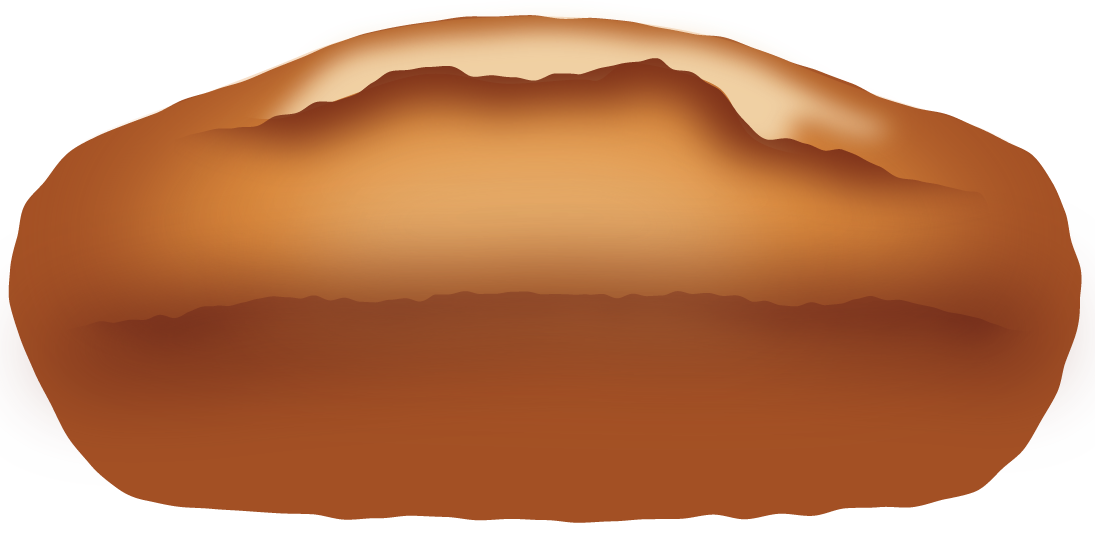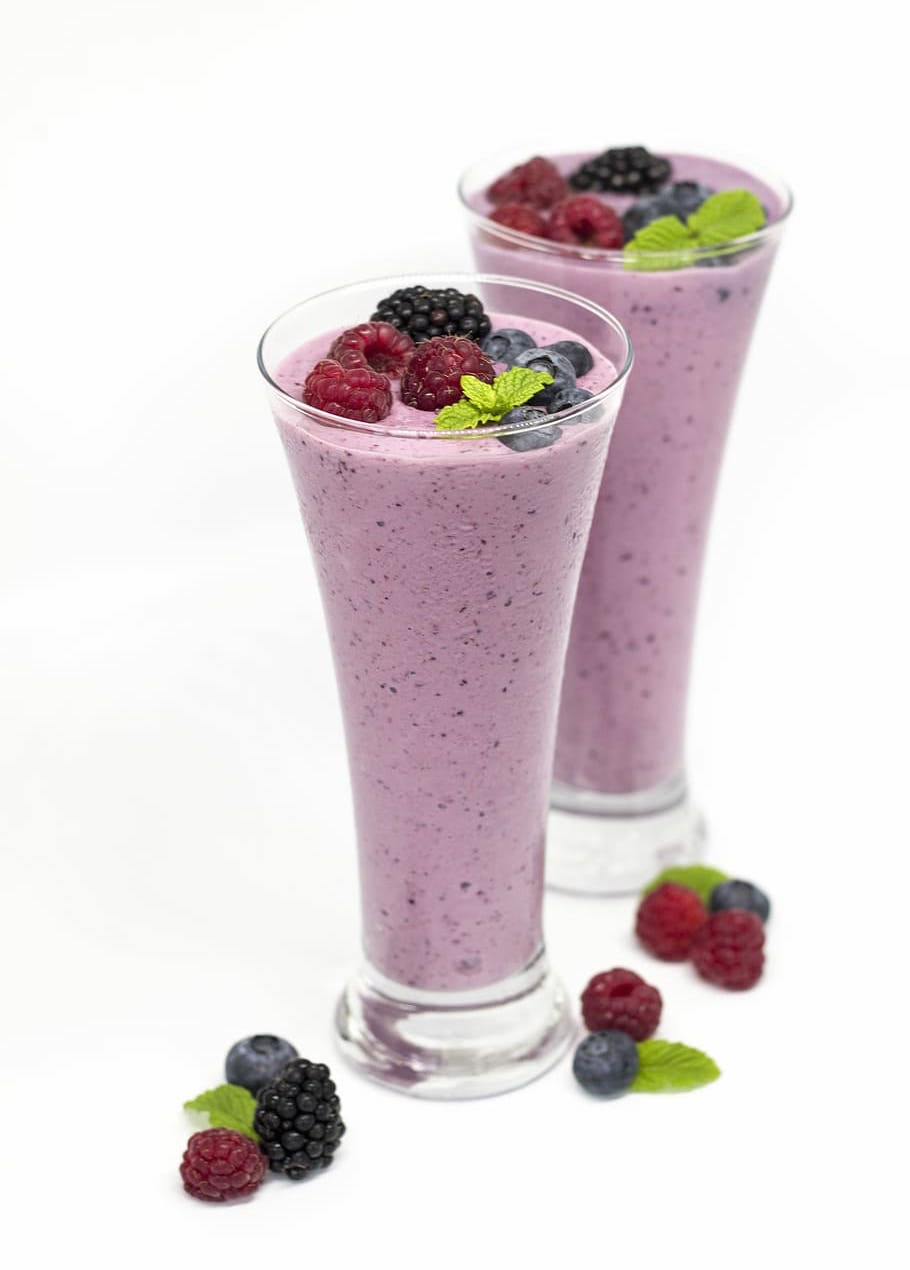Lesson 6
Problems with Equal Groups of Fractions
Warm-up: True or False: Two and Three Factors (10 minutes)
Narrative
The purpose of this True or False is to elicit strategies and understandings students have for finding products of a whole number and a fraction and identifying equivalent expressions. This work help students deepen their understanding of the properties of operations and will be helpful later when students solve problems with a whole number multiplied by a fraction.
In this activity, students have an opportunity to look for and make use of structure (MP7) as they consider how fractions are decomposed into various factors and multiplied in parts.
Launch
- Display one statement.
- “Give me a signal when you know whether the statement is true and can explain how you know.”
- 1 minute: quiet think time
Activity
- Share and record answers and strategy.
- Repeat with each statement.
Student Facing
Decide whether each statement is true or false. Be prepared to explain your reasoning.
- \(\frac{10}{12} = 5 \times \frac{2}{12}\)
- \(1 \times \frac{10}{12} = 5 \times \frac {2}{12}\)
- \(\frac{24}{4} = 6 \times 3 \times \frac{1}{4}\)
- \(12 \times 2 \times \frac{1}{4} = 8 \times 3 \times \frac{1}{4}\)
Student Response
For access, consult one of our IM Certified Partners.
Activity Synthesis
- “What strategies did you use to determine if the statements were true or false?”
Activity 1: Banana Bread Recipe (15 minutes)
Narrative
The purpose of this activity is for students to use their understanding of multiplication of a unit fraction by a whole number to solve problems. Students use what they know to find a product given the factors and find the factors when given the product. This reinforces the idea that any fraction \(\frac{a}{b}\) is a multiple of \(\frac{1}{b}.\)
Students may interpret quantities greater than 1 as a combination of whole numbers and fractions (for example, \(\frac{4}{3}\) cups as 1 whole cup and \(\frac{1}{3}\) cup) or express them as mixed numbers (such as \(1\frac{1}{3}\)). Both are acceptable. If possible, ask students whether \(1\frac{1}{3}\) and \(\frac{4}{3}\) express the same amount, but it is not necessary to discuss the term mixed numbers at this point. (Students will be introduced to mixed numbers in upcoming lessons.)
Launch
- Groups of 2
- “Have you followed a recipe to make something before? What is in a recipe?” (A list of ingredients, amounts of each, and instructions for putting the ingredients together)
- “If a recipe is for 5 servings or 5 people, but you need more than that, what would you do?” (Adjust the amount of ingredients.)
- “We often refer to the amounts specified in a recipe as ’1 batch’.”
- “What might it mean to make 2 batches of a recipe?” (Make twice as much, or need twice as much ingredients)
Activity
- “Take a few quiet minutes on work on the activity. Then, discuss your thinking with your partner.”
- 5 minutes: independent work time
- 5 minutes: partner work time
- Monitor for students who discuss:
- that each quantity in Monday’s table will be multiplied by 2
- that each quantity in Tuesday's table need to be multiplied by 4 because the amount of butter tells us that the number of batches is 4
Student Facing
A bakery is making banana bread. Here is the recipe for 1 batch.
|
Recipe:
|

-
The bakery makes 2 batches of banana bread on Monday. Complete the table to show how much of each ingredient is used.
Monday’s banana bread
ingredient expression amount of ingredient bananas _______ butter _______ cup(s) baking soda _______ teaspoon(s) sugar _______ cup(s) eggs _______ flour _______ cup(s) -
On Tuesday, the bakery needs \(\frac{8}{3}\) cups of butter to make enough banana bread for the day. How many batches were made? Explain or show your reasoning.
Recipe:
- 1 banana
- \(\frac{2}{3}\) cup butter
- \(\frac{3}{2}\) teaspoons baking soda
- \(\frac{5}{8}\) cup sugar
- 2 large eggs
- \(\frac{5}{2}\) cups of all-purpose flour
-
Based on the number of the batches made on Tuesday, complete the table for each ingredient.
Tuesday’s banana bread
ingredient expression amount of ingredient bananas _______ butter \(\frac{8}{3}\) cups baking soda _______ teaspoon(s) sugar _______ cup(s) eggs _______ flour _______ cup(s)
Student Response
For access, consult one of our IM Certified Partners.
Advancing Student Thinking
Activity Synthesis
- Display the table for Monday and ask students to share responses. Record their responses for all to see.
- “How is the numerator changing in all of the ingredients?” (It is multiplied by 2 in each problem.)
- “Why is the denominator different in all of them?” (A different unit and unit fraction was used to measure each ingredient.)
- Ask students to share the expressions for the ingredients in the table for Tuesday. Record each expression and its value as an equation:
- \(4 = 4 \times 1\)
- \(\frac{8}{3} = 4 \times \frac{2}{3}\)
- \(\frac{12}{2} = 4 \times \frac{3}{2}\)
- \(\frac{20}{8} = 4 \times \frac{5}{8}\)
- \(8 = 4 \times 2\)
- \(\frac{20}{2} = 4 \times \frac{5}{2}\)
- “Why are two of the ingredients not in fraction form?” (They have whole-number units.)
Activity 2: How Much Milk Was Used? (20 minutes)
Narrative
In this activity, students are presented with descriptions of situations and equivalent multiplication expressions. They match each description to an expression that could represent the situation and see that more than one expression can be used, depending on how they interpret the situation. Likewise, students find that one expression can be used to represent different descriptions (MP2).
Students discuss their matching decisions, analyze how the expressions are related, and consider revising the matches they made if appropriate. When students discuss and justify their decisions they are creating viable arguments and critiquing one another’s reasoning (MP3).
Advances: Representing, Conversing
Supports accessibility for: Social-Emotional Functioning
Required Materials
Materials to Gather
Required Preparation
- Write the 5 expressions from the activity on separate posters and post them around the room:
\(4 \times (2\times \frac{1}{10})\)
\(4 \times \frac{2}{10}\)
\(8 \times \frac{1}{10}\)
\(2 \times (4 \times \frac{1}{10})\)
\(2 \times \frac{4}{10}\)
Launch
- Groups of 2
- Read the first problem aloud to students.
- “Share the expression you selected with a partner.”
- Students may select any of the expressions because each is equivalent to \(\frac{8}{10}\). If this happens, ask, “Does one expression seem to represent what is happening in the situation better than others?” (\(8 \times \frac{1}{10}\))
Activity
- 5 minutes: independent work time
- Ask students to stand with the poster showing the expression that they believe represents how much milk was used on Tuesday, and to discuss with others there why they chose this expression.
- Ask students to partner with a student from a different poster to explain why they made a different choice.
- “Does anyone wish to revise their thinking about the expression they selected?”
- “Can you explain why you think that a different expression is a better choice now?”
- Repeat this process for each problem.
Student Facing
The bakery that sells banana bread also sells fresh milkshakes. Each serving uses \(\frac{1}{10}\) liter of milk.
Here are five descriptions of the milkshakes sold in a week and five expressions that represent the liters of milk used.

Match each description to an expression that represents it.
- On Monday, the bakery sold 8 servings of milkshake. How much milk was used?
- On Tuesday, two customers bought 4 servings of milkshake each. How much milk was used?
- On Wednesday, four customers bought 2 servings of milkshake each. How much milk was used?
- On Thursday, two customers each bought a serving of milkshake. They placed the same order three more times for their friends that day. How much milk was used?
- On Saturday, four friends each purchased a serving of milkshake for breakfast. They came back for the same after dinner. How much milk was used?
\(4 \times (2\times \frac{1}{10})\)
\(4 \times \frac{2}{10}\)
\(8 \times \frac{1}{10}\)
\(2 \times (4 \times \frac{1}{10})\)
\(2 \times \frac{4}{10}\)
Student Response
For access, consult one of our IM Certified Partners.
Advancing Student Thinking
Activity Synthesis
- See lesson synthesis.
Lesson Synthesis
Lesson Synthesis
“Today, we matched expressions to situations. We learned that several expressions can represent the same situation.”
Invite 1–2 students who chose different expressions for the same problem (one of the last two problems in the milkshake activity) to share. Record their ideas for all to see.
“Who can explain how each expression matches the problem?” (On Thursday, there were 4 separate orders of 1 serving each, or \(4 \times \frac{1}{10}\), that were made by 2 people, or \(2 \times (4 \times \frac{1}{10})\). This is also the same as \(2 \times \frac{4}{10}\).)
“Did you notice something about the answers to the problems?” (They are all the same. They are all \(\frac{8}{10}\).)
“Why do you think they are all the same?” (They all involve 8 groups of \(\frac{1}{10}\).)
Cool-down: The Same or Not the Same? (5 minutes)
Cool-Down
For access, consult one of our IM Certified Partners.
Student Section Summary
Student Facing
In this section, we learned to multiply a whole number and a fraction by thinking about equal-size groups, just as we did when multiplying two whole numbers.
For instance, we can think of \(6 \times 4\) as 6 groups of 4. A diagram like this can help to show that the product is 24:

Likewise, we can think of \(6 \times \frac{1}{4}\) as 6 groups of \(\frac{1}{4}\). Diagrams can help us see that the product is \(\frac{6}{4}\):


After studying patterns, we saw that when we multiply a whole number and a fraction, the whole number is multiplied only by the numerator of the fraction and the denominator stays the same. For example:
\(6 \times \frac{1}{2} = \frac{6}{2}\)
\(2 \times \frac{4}{5} = \frac{8}{5} \)
We also learned that:
- Every fraction can be written as a product of a whole number and a unit fraction. For example, \(\frac{5}{4}\) can be written as \(5 \times \frac{1}{4}\).
-
We can write different multiplication expressions for the same fraction. For example, \(\frac{8}{3}\) can be written as:
\(8 \times \frac{1}{3}\)
\(4 \times 2 \times \frac{1}{3}\)
\(4 \times \frac{2}{3}\)
\(2 \times \frac{4}{3}\)
